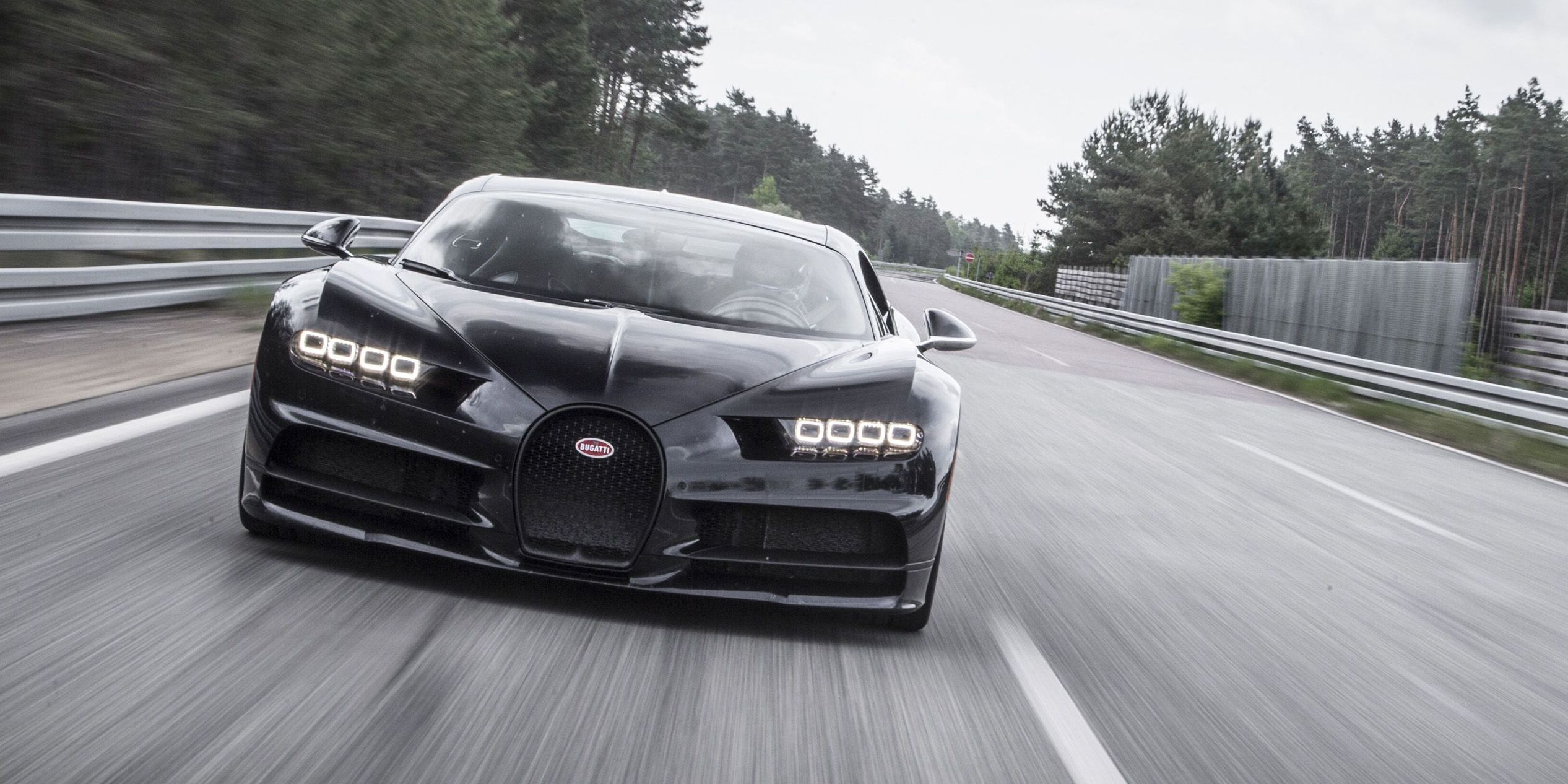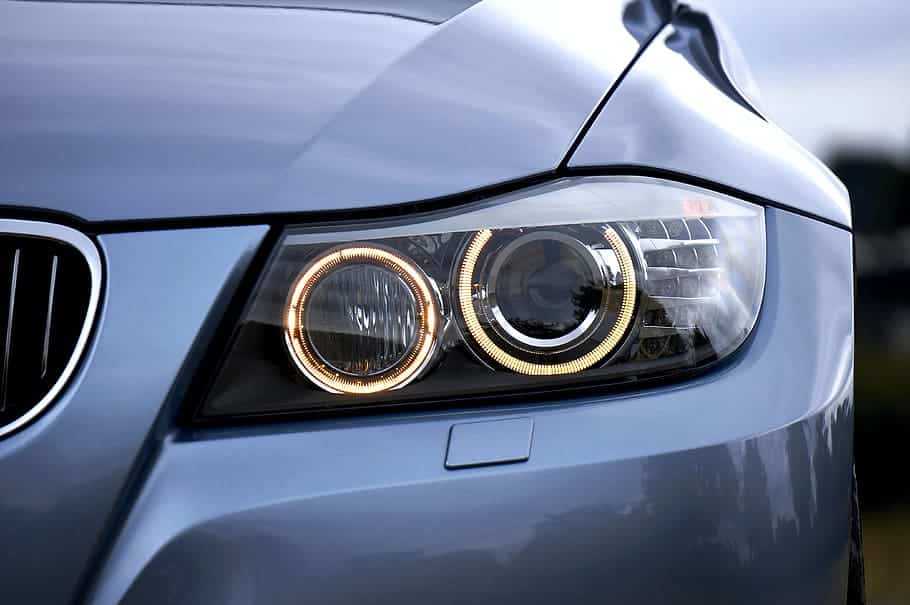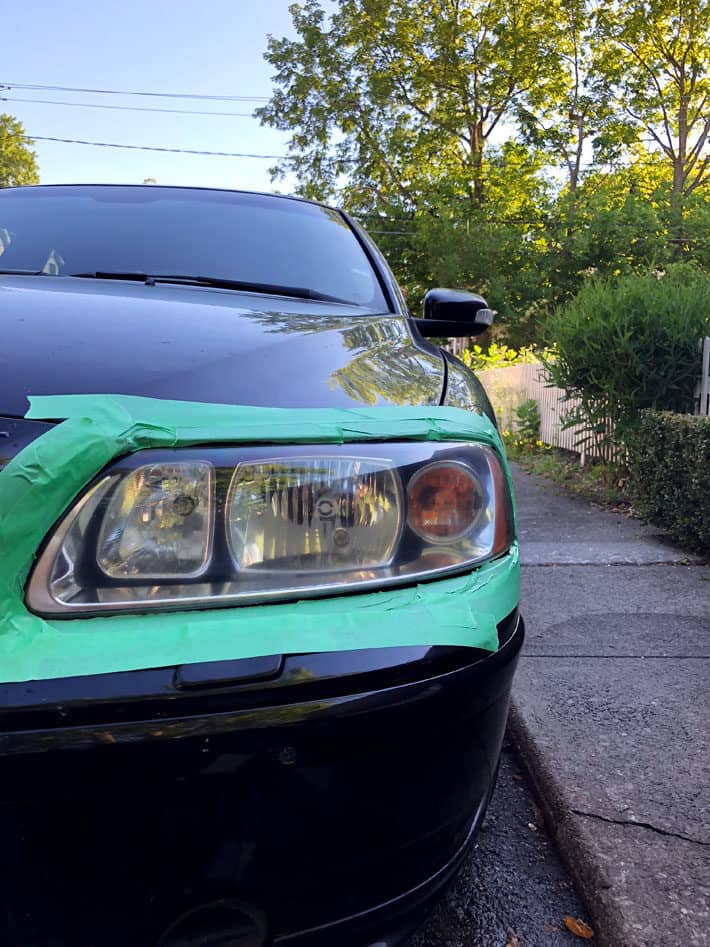Hikari Led Headlight - Truths
Table of ContentsThe 10-Minute Rule for Hikari Led HeadlightSome Ideas on Hikari Led Headlight You Should KnowRumored Buzz on Hikari Led Headlight
A headlamp system is required to produce a low and a high beam, which might be produced by numerous pairs of single-beam lamps or by a pair of dual-beam lights, or a mix of single-beam and dual-beam lights. High beams cast most of their light straight ahead, making the most of seeing distance however producing excessive glare for safe use when other automobiles exist on the road.Low beams have more stringent control of upward light, and direct most of their light downward and either rightward (in right-traffic countries) or leftward (in left-traffic countries), to supply forward visibility without extreme glare or backdazzle. Low beam (dipped beam, passing beam, conference beam) headlamps provide a circulation of light created to offer forward and lateral illumination, with limitations on light directed towards the eyes of other roadway users to control glare.


The majority of low-beam headlamps are particularly developed for use on only one side of the roadway. Headlamps for usage in left-traffic nations have low-beam headlamps that "dip to the left"; the light is dispersed with a downward/leftward predisposition to reveal the driver the roadway and indications ahead without blinding oncoming traffic.

All about Hikari Led Headlight
Many tungsten (pre-halogen) European-code headlamps made in France by Cibi, Marchal, and Ducellier might be gotten used to produce either a left- or a right-traffic low beam by ways of a two-position bulb holder. Due to the fact that wrong-side-of-road headlamps blind oncoming drivers and do not sufficiently light the driver's way, and blackout strips and adhesive prismatic lenses minimize the security performance of the headlamps, some countries need all lorries registered or used on a permanent or semi-permanent basis within the country to be geared up with headlamps developed for the appropriate traffic-handedness.
Lorry headlamps have been found not able to light up an guaranteed clear range ahead at speeds above 60 km/h (40 miles per hour). It might be unsafe and, in a couple of locations, unlawful to drive above this speed in the evening. Some nations require automobiles to be geared up with daytime running lights (DRL) to increase the conspicuity of cars in motion throughout the daytime.
In Canada the DRL function required on automobiles made or imported given that 1990 can be provided by the headlamps, the fog lights, steady-lit operation of the front turn signals, or by unique daytime running lights. Functionally devoted daytime running lamps not involving the headlamps are required on all new automobiles first offered in the European Union because February 2011.
Japan formerly had bespoke lighting policies comparable to the US standards, however for the left side of the road. However, Japan now complies useful content with the ECE standard. The distinctions in between the SAE and ECE headlamp requirements are primarily in the amount of glare permitted toward other motorists on low beam (SAE permits far more glare), the minimum quantity of light needed to be thrown directly down the roadway (SAE requires more), and click this site the specific locations within the beam at which minimum and maximum light levels are defined.
Below the line is intense, and above is dark. On the side of the beam facing far from approaching traffic (right in right-traffic nations, left in left-traffic nations), this cutoff sweeps or steps up to direct light to roadway signs and pedestrians. SAE low beams may or might not have a cutoff, and if a cutoff is present, it might be of 2 various general types: VOL, which is conceptually similar to the ECE beam in that the cutoff lies at the top of the left side of the beam and intended a little below horizontal, or VOR, which has the cutoff at the top of the ideal side of the beam and focused on the horizon.
Relative studies have actually repeatedly shown that there is little or no total safety advantage to either SAE or ECE beams; the two systems' acceptance and rejection by various nations is based primarily on which system is currently in use. In The United States and Canada, the design, efficiency and setup of all motor automobile lighting gadgets are controlled by Federal and Canada Motor Lorry Safety Standard 108, which integrates SAE technical requirements.
The 9-Minute Rule for Hikari Led Headlight
United States laws needed sealed beam headlamps on all vehicles in between 1940 and 1983, and other nations such as Japan, United Kingdom and Australia likewise made extensive use of sealed beams. [] In many other countries, and in the US because 1984, replaceable-bulb headlamps predominate. Headlamps need to be kept in correct goal.
In the United States, SAE standard headlamps are aimed without regard to headlamp installing height. This gives lorries with high-mounted headlamps a seeing range benefit, at the cost of increased glare to motorists in lower lorries - hikari led headlight. By contrast, browse around this web-site ECE headlamp objective angle is connected to headlamp mounting height, to provide all lorries roughly equal seeing range and all motorists approximately equivalent glare.